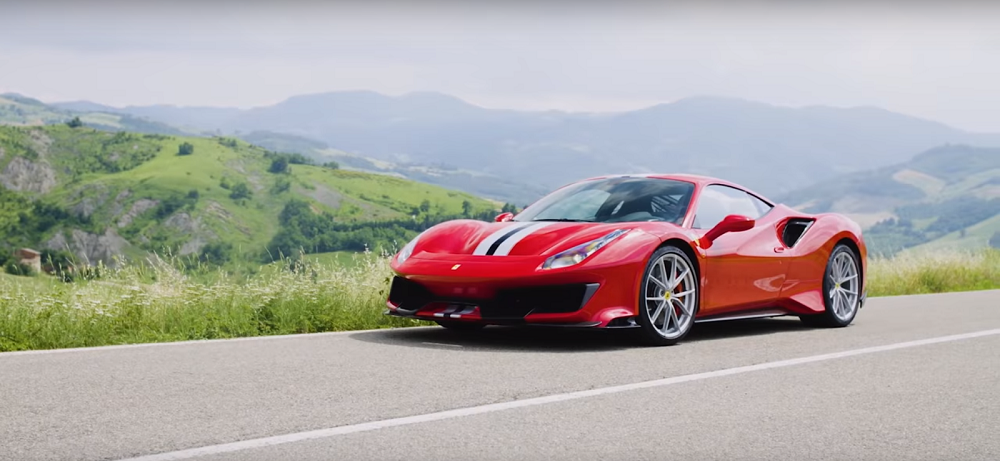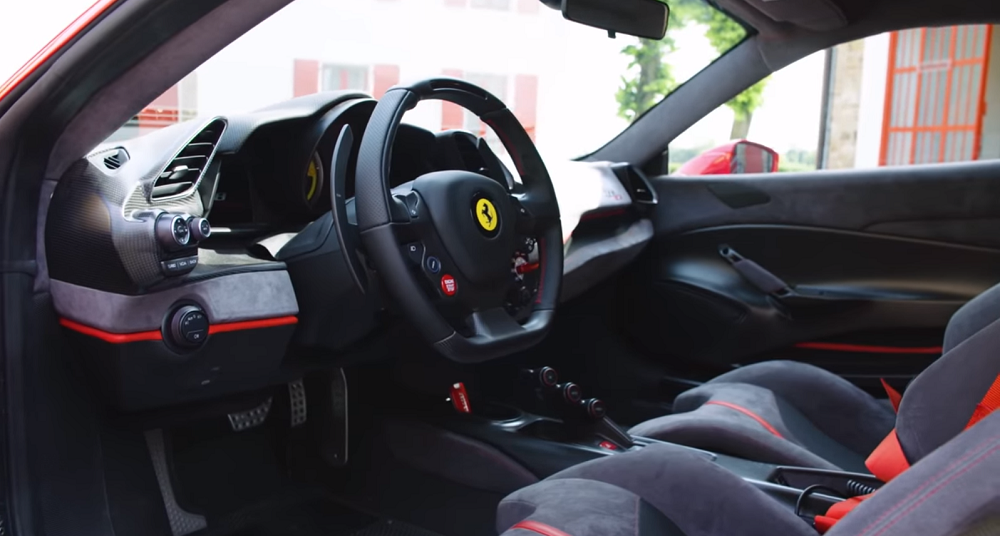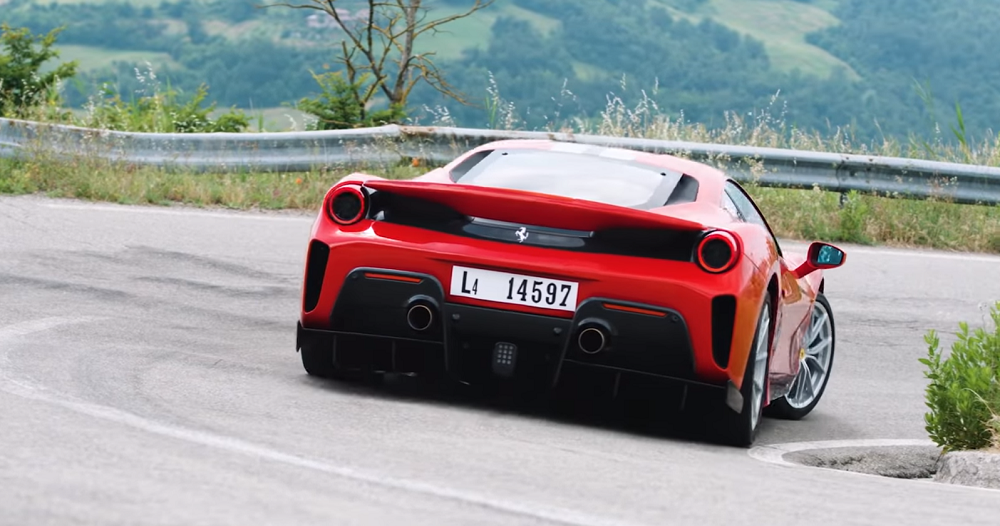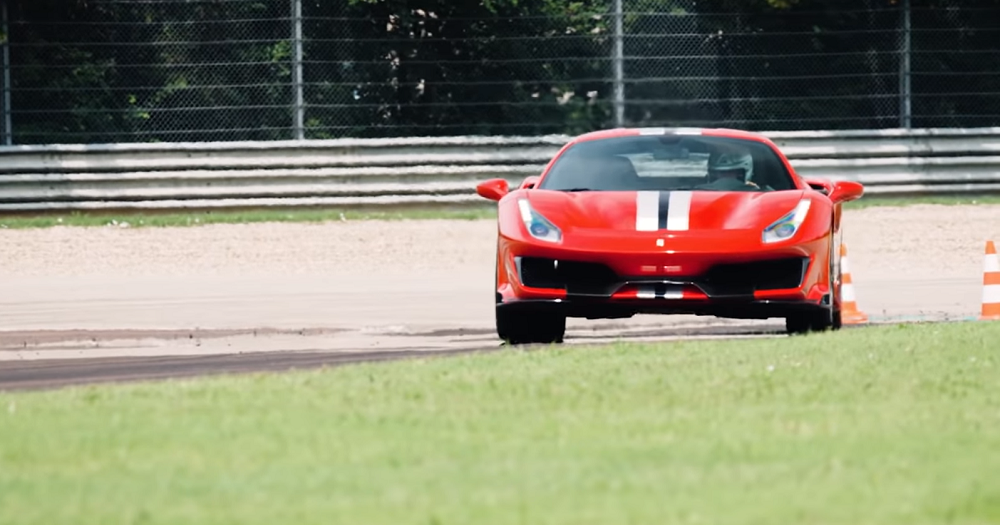Ferrari 488 Pista Could Change the Future
Top Gear‘s Chris Harris drives the all-new 488 Pista and comes to some interesting conclusions about tires and naturally aspirated cars.
There are a lot of cars out there. Many of them are bland, forgettable machines. Others are loud and fun to drive, but otherwise insignificant. Then there are those rare cars that are thrilling and thought-provoking at the same time. As the following Top Gear video shows, the Ferrari 488 Pista is one of those special creations.
Host Chris Harris heads to Italy to test it on Ferrari’s Fiorano Circuit and the winding roads of the Italian countryside. Initially, he wonders if the world needs a 720-horsepower Ferrari track car. After all, the regular 488 GTB is already fast enough. That all goes out the window once he puts his right foot down. Harris exclaims, “This thing is alive, it’s up on its toes, it’s responsive, and it’s so fast! It’s brutally fast.”

That impressive speed comes from a combination of less weight and power. The Pista weighs 198 pounds less than the 488 GTB and generates more downforce at both ends. Engineers fitted it with the engine from the 488 Challenge race car, then installed new cooling and intake systems, changed the exhaust, and modified the internals. Output is a staggering 720 horsepower and 568 lb-ft of torque.
That increased power comes through on the road. Harris finds the Pista has more urgency at the top of its rev range because its engine’s internals are lighter. Shifts from the modified 488 gearbox are lightning fast, enabling the Pista to hit 125 mph in only 7.5 seconds.

The hardware connected to that amazing engine leaves something to be desired, though. The Pista’s steering is numb and its heavy, stiff brake pedal does a poor job of communicating.
Ferrari chose to strike a balance between the road and the track so it equipped the Pista with Michelin Pilot Super Sport Cup 2 tires. They impress Harris with their ability to help the Pista change directions quickly. While lighting them up out on the track, Harris comes to a realization. “The more power these manufacturers extract from these turbocharged engines, the more the limit of the vehicle becomes the mechanical grip – the tire. And what they end up with is a driving experience that’s curiously old-fashioned because you’re managing the amount of grip that you’ve got at the back of the car.”

Harris’s mind wanders to tires again when he’s out on public roads. “If you turn the traction control off … this drives like a late-’50s sports racer. What we now have are performance cars where the gap between the engine’s potential and the tire technology is ever widening.” He praises Michelin’s efforts to manage the Pista’s output, but concludes that it just can’t keep up with the pace at which engine power increases.

Modern turbos contribute a great amount to that chasm. They also make Harris wonder if forced-induction cars such as the Pista and Porsche 911 GT2 RS are set up so well that they’ll make enthusiasts miss naturally-aspirated performance vehicles less. We have our doubts they will. One thing is certain: More turbocharged supercars are coming.
